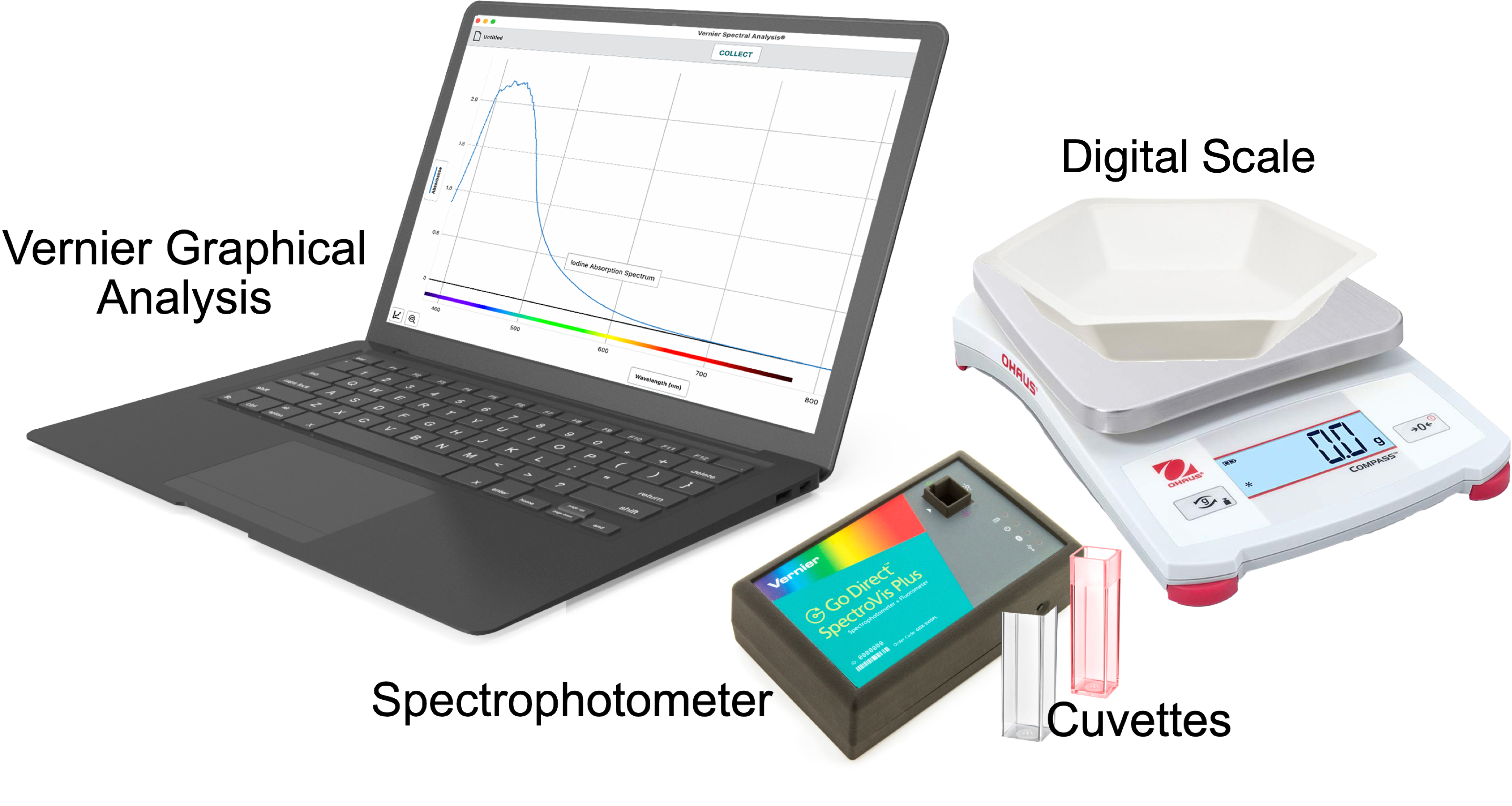Teacher Portal
Light
CELL Guide
CELL Guide
Light

LabLearner’s 3-D Approach to Scientific Inquiry
Phase 1 – Defined Understanding
The defined boundaries of this phase provide a framework for engaging parents and identifying students’ current knowledge of the key topic(s) explored in this CELL.
Phase 2 – Dynamic Understanding
Change, activity, and progress characterize the dynamic phase. Its design will enable you to enhance students’ existing skills, interests, and understanding, as well as meaningfully build new ones.
Phase 3 – Deeper Understanding
By this point, students have moved through powerful and purposeful tasks that had them actively and intentionally construct an understanding of concepts. In this final phase, students will consolidate knowledge and make deeper connections among ideas.
Phase 1 – Defined Understanding
► Questions to Investigate in this CELL
- What is the relationship between the absorption and transmission oflight through transparent substances?
- How does light wave interact with objects that reflect light?
- How does wavelength affect the perception of light?
- How does a change in mediums affect the wavelength of light?
► Parent Newsletter
Encourage parents to connect to their child’s learning by providing them with a framework of the CELL. Use this link to access and share the Parent Newsletter.
► Baseline Assessment
Assess students’ current knowledge of the topic(s) being explored then set instructional and student learning goals. Use this link to schedule then invite students to take the Pre-test for the CELL.
Phase 2 – Dynamic Understanding
► Introduction and Fun Facts
Enhance your conceptual understanding by reading the student-level research on the topic(s) being explored. Use this link to access the research.
____________________________________________
► Links to Investigations
Go directly to the Investigation you are working on by clicking on a link below:
► Investigation 1
► Investigation 2
► Investigation 3
► Investigation 4
► CELL Vocabulary
- Reflection: the bouncing of light off objects
- Refraction: the bending of light waves as they travel between media with different indices of refraction.
- Law of Reflection: a physics principle that states that the angle of reflection of light equals the incident angle of light.
- Angle of incidence: the angle at which light encounters a substance.
- Angle of reflection: the angel at which light is reflected from a substance.
- Absorbance: to take light in and not reflect or refract it.
- Transmittance: the ability of light to pass through a medium.
- Wavelength: the distance between two adjacent crests or two troughs of a transverse wave.
- Nanometer: metric unit of measurement, 1,000,000,000 nanometers is equivalent to one meter.
- Transparent: the property of matter that allows light to pass through it.
- Opaque: the property of matter that prevents light from passing through it.
- Light wave: a wave of energy that has crests and troughs that repeat.
- Index of refraction: a measure of the degree to which a medium refracts light; the speed of light in a vacuum divided by the speed of light in a medium.
► Access Scoring Rubric
Examine the scoring rubric for this CELL so that you know what your teacher is looking for in terms of performance.
Tips for Success:
Google Classroom
Phase 3 – Deeper Understanding
►Deep Analysis Classroom Discussion
These questions can be used to elicit in-depth discussions based on the lab experience. Teachers may use any or all of these discussion points depending on the time available. All Investigations‘ Deep Analysis questions as well as the Comprehension Check for the entire CELL are found on this link.
► Summative Assessment
Evaluate student learning at the end of the CELL by comparing the Summative Assessment to students’ Baseline Assessments. Use this link to schedule then invite students to take the Post-test for the CELL.

